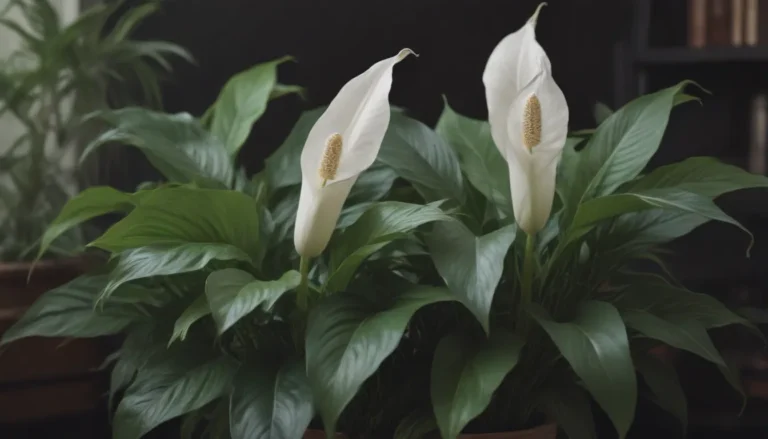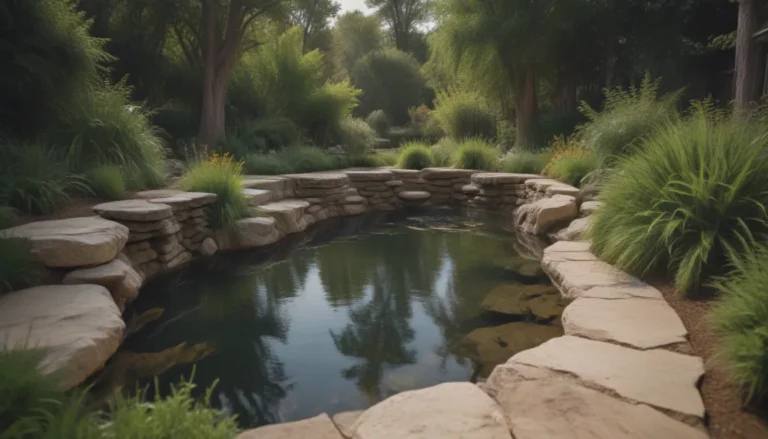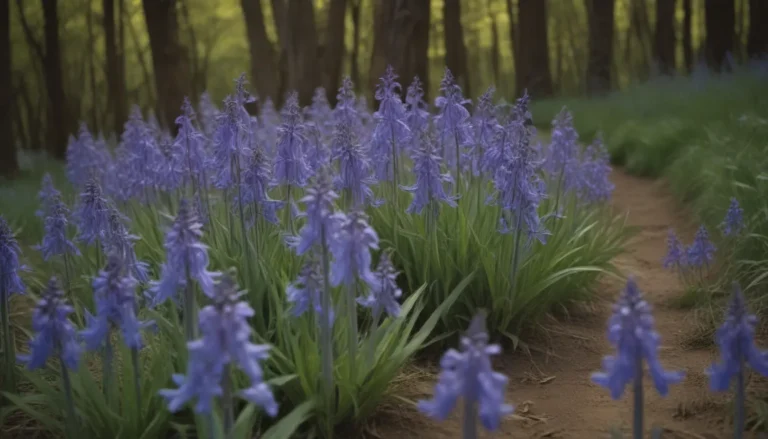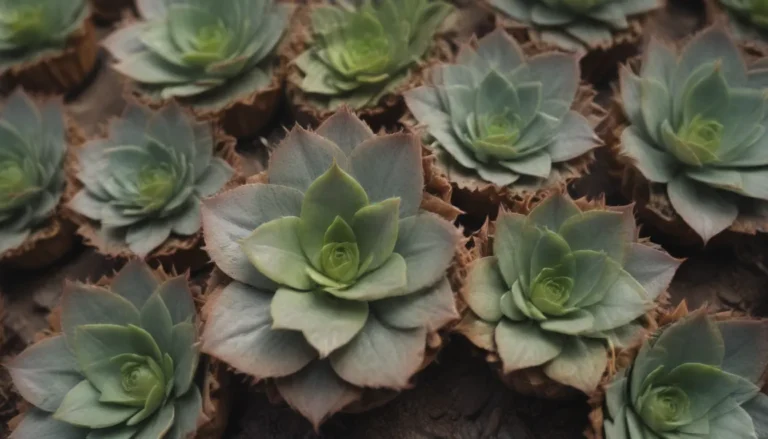The Ultimate Guide to Growing a Moss Lawn: Benefits, Disadvantages, and Tips
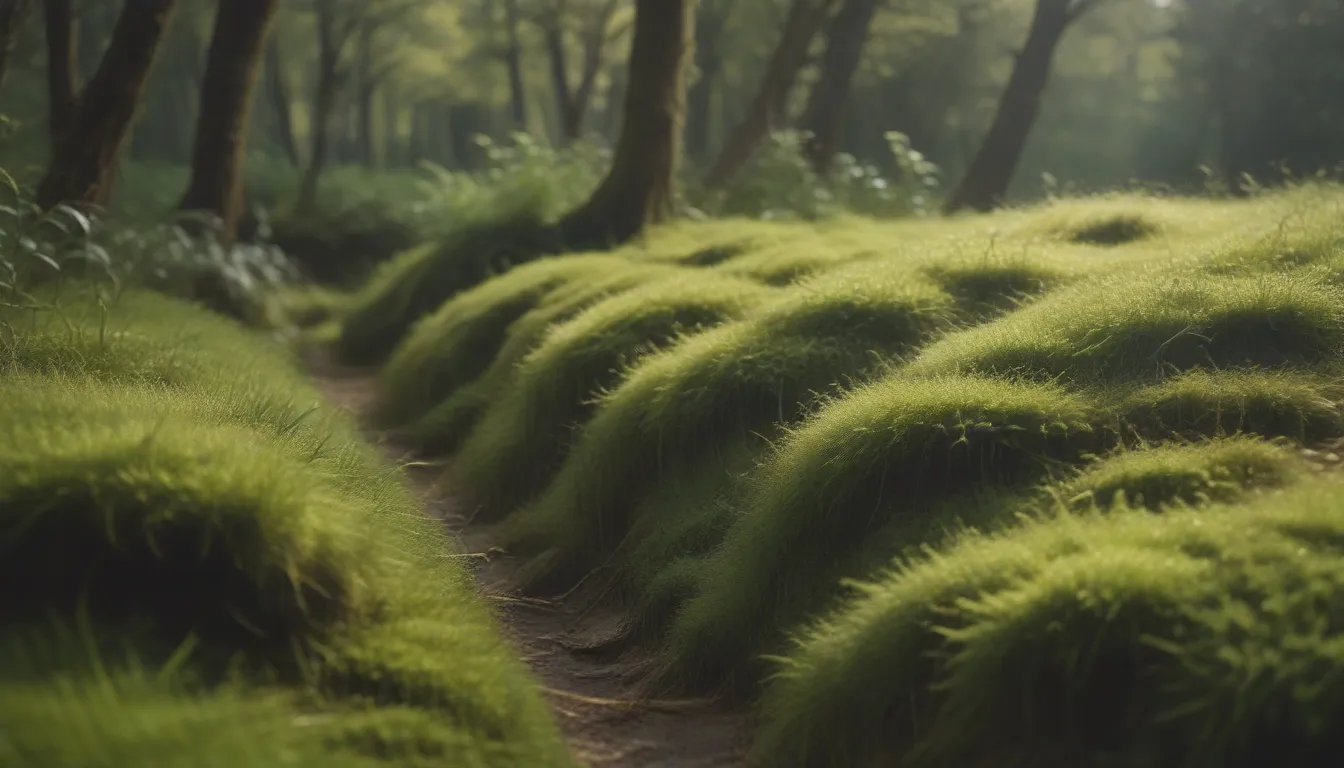
Are you tired of the constant upkeep of a traditional turfgrass lawn? Have you ever considered the beauty and simplicity of a lush, green moss lawn? If you’re looking for an alternative to the high-maintenance requirements of a grass lawn, then growing a moss lawn might be the perfect solution for you. In this comprehensive guide, we will explore the benefits and disadvantages of a moss lawn, provide tips on how to grow and care for it, and help you determine if a moss lawn is the right choice for your outdoor space.
What Is a Moss Lawn?
A moss lawn is a dense stand of moss, a low-growing plant that thrives in moist, shady environments. Unlike traditional turfgrass, mosses do not have a vascular system of roots; instead, they absorb water and nutrients through their leaves. Mosses grow slowly and are propagated through the production of spores, rather than seeds. Despite common misconceptions, you can walk on a moss lawn without causing harm to the delicate plants. In fact, light foot traffic can even help the moss attach to the soil. However, for areas with heavy foot traffic, it’s best to add a walkway or stepping stones to protect the moss.
Tip:
Patches of moss in turfgrass are often seen as a nuisance, but instead of fighting them, consider turning those shady, damp areas into a beautiful moss lawn.
The Benefits of a Moss Lawn
Once established, a moss lawn offers several advantages over traditional turfgrass lawns. Some of the key benefits include:
- Low Maintenance: Moss lawns require minimal upkeep compared to turfgrass, making them a low-maintenance landscaping option.
- Drought Tolerant: Mosses are resilient and can thrive in areas where turfgrass struggles to grow, such as steep hillsides.
- Sustainable: Mosses are eco-friendly and sustainable, requiring less water and fertilizer than traditional grass lawns.
- Beautiful Aesthetic: A moss lawn creates a lush, green carpet that adds a unique and serene look to any outdoor space.
Disadvantages of a Moss Lawn
While moss lawns have many advantages, there are also some disadvantages to consider:
- Slow Growth: Mosses grow slowly, so it may take longer to establish a moss lawn compared to a traditional grass lawn.
- Limited Foot Traffic: Moss lawns are not suitable for areas with heavy foot traffic, as they can be easily damaged.
- Initial Cost: The upfront cost of installing a moss lawn may be higher than sowing grass seed or laying sod for a traditional lawn.
Find the Right Site for a Moss Lawn
Before deciding to grow a moss lawn, it’s essential to choose the right site for optimal growth. Consider the following factors when selecting a location for your moss lawn:
- Sun Exposure: Mosses thrive in shady, moist areas, so identify the sun exposure in different parts of your yard.
- Soil Conditions: Mosses prefer acidic soil with a pH between 5.0 and 5.5, so test the soil acidity of the planting area.
- Wind Exposure: Be mindful of wind exposure, as strong winds can dry out the soil and hinder moss growth.
Start small by growing moss in a corner of your yard to see how it thrives before committing to a full-scale moss lawn. Select moss species that are suitable for your yard’s sun exposure and monitor their growth for a season or two.
How to Choose Mosses
When selecting moss species for your moss lawn, consider the sun exposure and growth habits of different varieties. Some moss species are more sun-tolerant and suitable for sunny locations, while others prefer shady, damp environments. Here are a few moss species suitable for lawns in various light conditions:
- Atrichum angustatum
- Atrichum undulatum
- Climacium americanum
- Dicranum scoparium
- Hypnum imponens
- Leucobryum albidum
- Leucobryum glaucum
- Polytrichum commune
- Thuidium delicatulum
- Sphagnum spp
Consider purchasing live moss from specialty companies like Mountain Moss or Moss Acres, which offer a variety of mosses suitable for lawns.
How to Plant and Grow a Moss Lawn
1. Check the Soil Acidity
Most mosses prefer acidic soil, so test the soil pH of the planting area and adjust it if necessary. Acidic soil with a pH between 5.0 and 5.5 is ideal for moss growth.
2. Prepare the Soil
Clear the planting area of weeds and debris, then level and rake the soil. The surface should be firm but textured to allow the moss to establish.
3. Plant the Moss
Water the planting area well before placing the moss on top of the soil. Press the moss into the soil and secure it with landscaping pins. Keep the planting area moist for the first four to six weeks until the moss is established.
Maintaining a moss lawn is relatively straightforward, requiring minimal upkeep compared to traditional grass lawns. Here are some care and maintenance tips for your moss lawn:
- Watering: Mosses do not require regular watering once established, as they absorb moisture from the air. In dry periods, rehydrate the moss with a sprinkler or mister.
- Weeding: Remove weeds by hand as soon as they emerge, as moss does not respond well to herbicides.
- Leaf Removal: Clear leaves from the moss lawn in the fall to prevent mold and maintain healthy moss growth.
- Color Changes: Seasonal changes in moss color are normal and not a sign of nutrient deficiency.
Additional Moss Lawn FAQs:
- Are moss lawns more expensive than traditional grass lawns? While the initial cost of installing a moss lawn may be higher, the long-term maintenance and sustainability benefits outweigh the upfront investment.
- Are moss lawns safe for pets? Moss lawns are non-toxic and safe for animals, making them a pet-friendly landscaping option.
- Do moss lawns require mowing or raking? Moss lawns are low-maintenance and do not need to be mowed or raked. Use a leaf blower or pick up debris by hand to maintain the moss lawn.
In conclusion, growing a moss lawn can be a unique and beautiful alternative to traditional grass lawns. With proper care and maintenance, a moss lawn can thrive in shady, damp areas where turfgrass struggles to grow. Consider the benefits and disadvantages of a moss lawn, select the right moss species for your yard, and enjoy the serene green carpet of a lush moss lawn in your outdoor space. Happy moss gardening!
